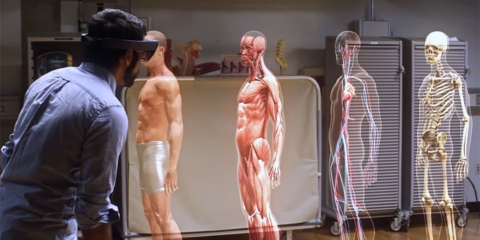Would you like to get notifications from Christian?
In the not-so-distant future, our streets will be filled with self-driving vehicles that can take us places and deliver goods and services. Kia, a major automaker, is getting ready to lead the way by announcing their plans to launch robotaxis. This exciting technology is important because it takes us one step closer to a world with less traffic, fewer accidents, and cleaner air. So, how do robotaxis work and what sets them apart from traditional vehicles? Keep reading to find out!
Kia's robotaxis are a key part of their goal to make 2.38 million electric vehicles by 2030, making up 55% of their total production. This bold plan has the power to shake up the usual car industry by making electric and self-driving vehicles more popular and easy to find. Also, robotaxis will challenge the old-fashioned taxi industry and ride-hailing services, pushing them to change or risk disappearing.
Robotaxis will create many chances for businesses and people alike. Kia's idea includes a mix of special vehicles (PBVs) that help with different needs:
With these uses in mind, Kia wants to use their eS skateboard platform to support their PBV lineup, aiming for a 2025 launch. They will make these vehicles in a special factory in Hwaseong, South Korea, which will also have a robotaxi with self-driving technology.
To be fully self-driving, robotaxis need to reach Level 4 autonomy, which Kia plans to do by the second half of the decade. The company is already working on Level 3 technology, called Highway Drive Pilot (HDP), which lets drivers take their hands off the wheel in certain situations. By 2026, Kia wants to bring out HDP2, which will let drivers take their eyes off the road under some conditions.
Once robotaxis reach Level 4 autonomy, they can work in special areas and be used on a large scale, as long as local rules and other things allow it. The biggest goal is to make money with these fleets, which has been a long-time dream for the ride-hailing business.
Robotaxis will have a big impact on our lives and the world we live in. They have the power to:
As we get closer to this thrilling new time, it's important to watch the latest news and be ready for the changes that robotaxis will bring. The future is almost here, and it's looking bright!
#Robotaxis #Kia #FutureOfTransportation #AutonomousVehicles #SmartCities
Author: Christian Kromme
First Appeared On: Disruptive Inspiration Daily
Do you want more of this kind of content? Subscribe to my 'Disruptive Inspiration Daily' newsletter. Do you find this content inspiring? Give it a 'like' or share the article with your network. This will help you and your network have a relevant timeline.
Which keynote best fits your needs?


Christian is a futurist and trendwatcher who speaks about the impact of exponential technologies like AI on organizations, people, and talents. Christian tailors his presentations to your audience's specific industries and needs.



Our world is changing at an exponential rate! A big tidal wave of digital transformation and disruption is coming at us fast. Many organizations see this wave as a threat and experience stress, but there are also organizations that just see this wave as an opportunity.

Imagine sitting with just 10-15 fellow executives at a premier location, gaining clarity on the impact of AI on your industry while enjoying an exquisite dining experience. These are not just meetings—they are transformative moments that will shape the future of your organization
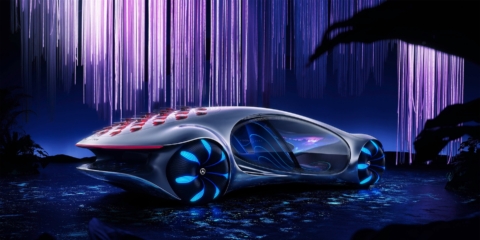

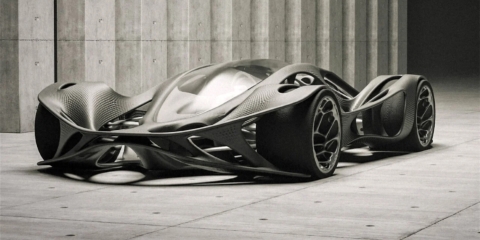
In the future, 3D printing and generative design will allow for products to be designed in a more decentralized manner, and production will take place closer to the customer and fully on-demand. 3D printing technology will also allow for more customization and personalization of products.

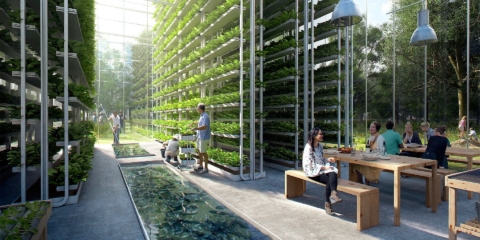
The agricultural industry is ripe for disruption. Robotics, AI, and IoT are all technologies that have the potential to radically transform the way we grow food. In combination with vertical farming, these technologies could increase the efficiency and quality of agricultural products.
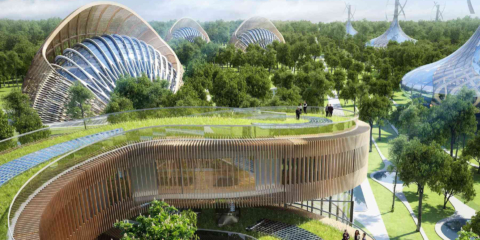
A human-centered society is one that puts people first and where technology is used to unite and empower people. It is a society that values biological life and dignity above all else. It is a society that recognizes the importance of human relationships and works to strengthen them. In a human-centered society, all members of the community are valued and treated with respect.
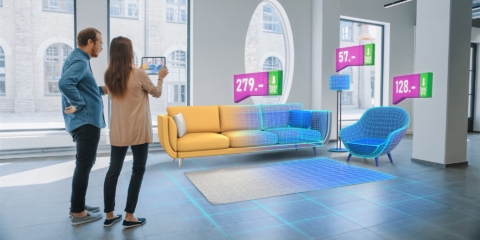
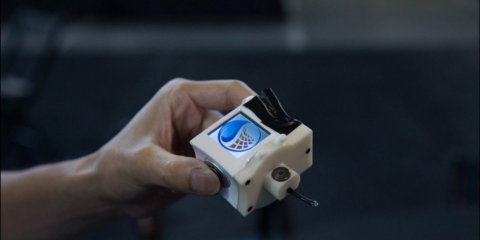
The future of healthcare is here. New technologies like AI, IoT, big data, and smart sensors make it possible to become the CEO of your own health. Imagine that your phone can listen to your voice and AI algorithms can detect small nuances in the tone of your voice that indicate specific diseases.
